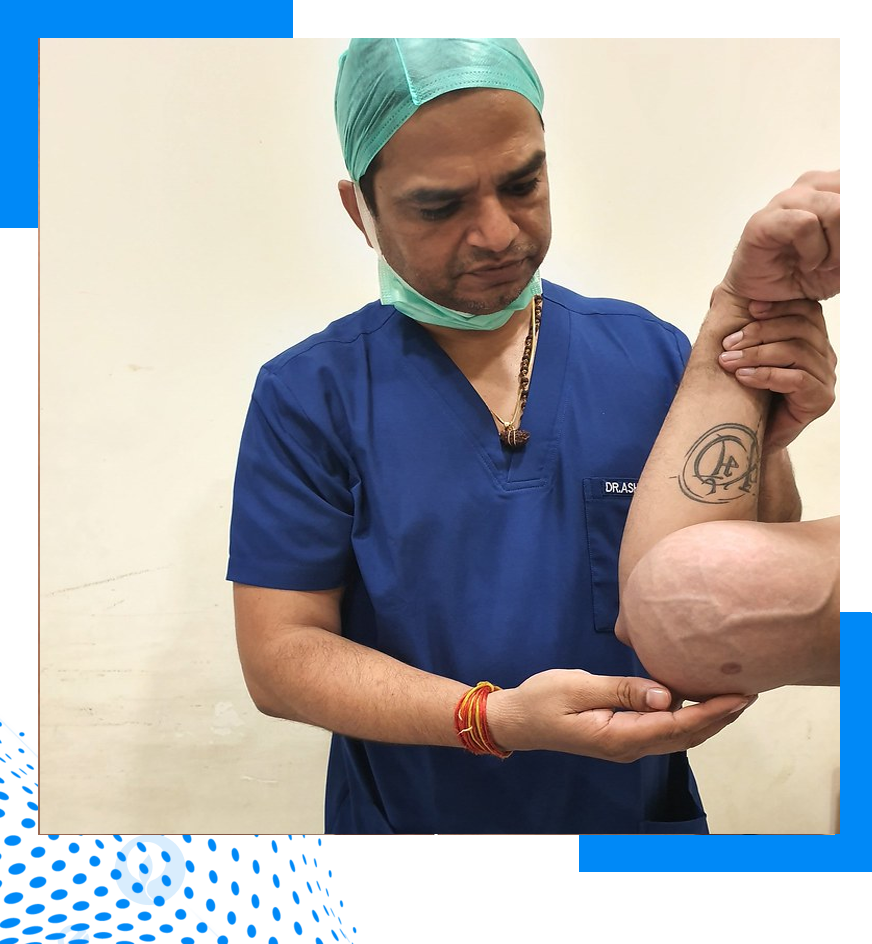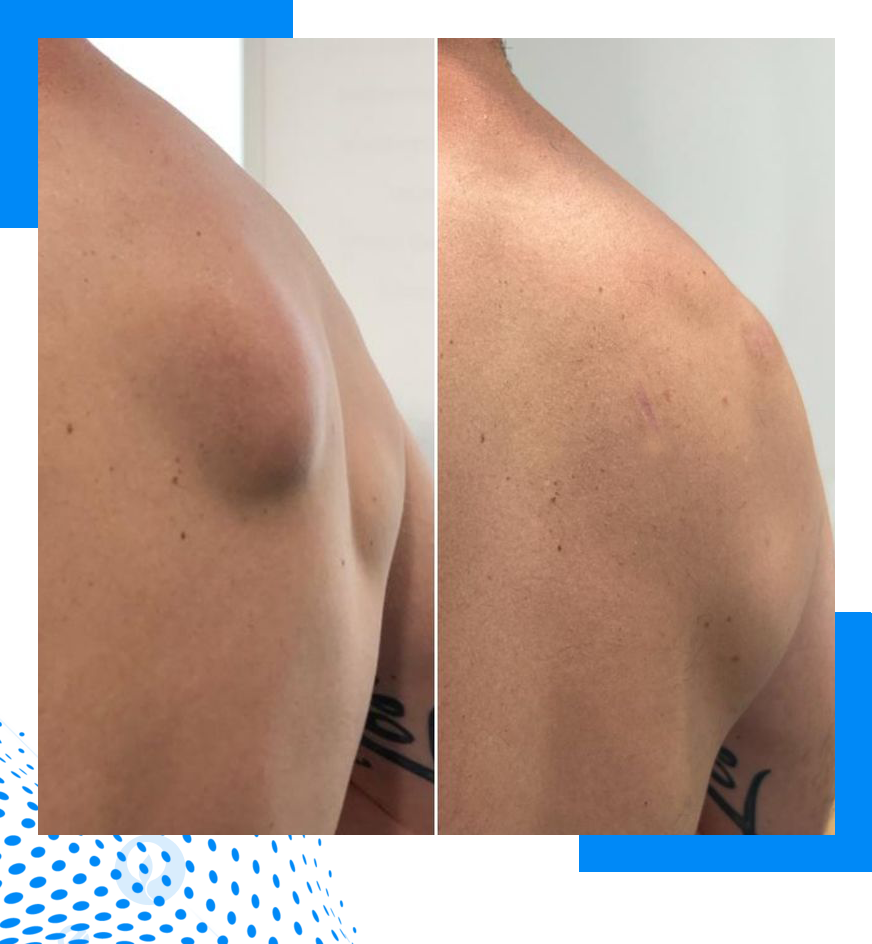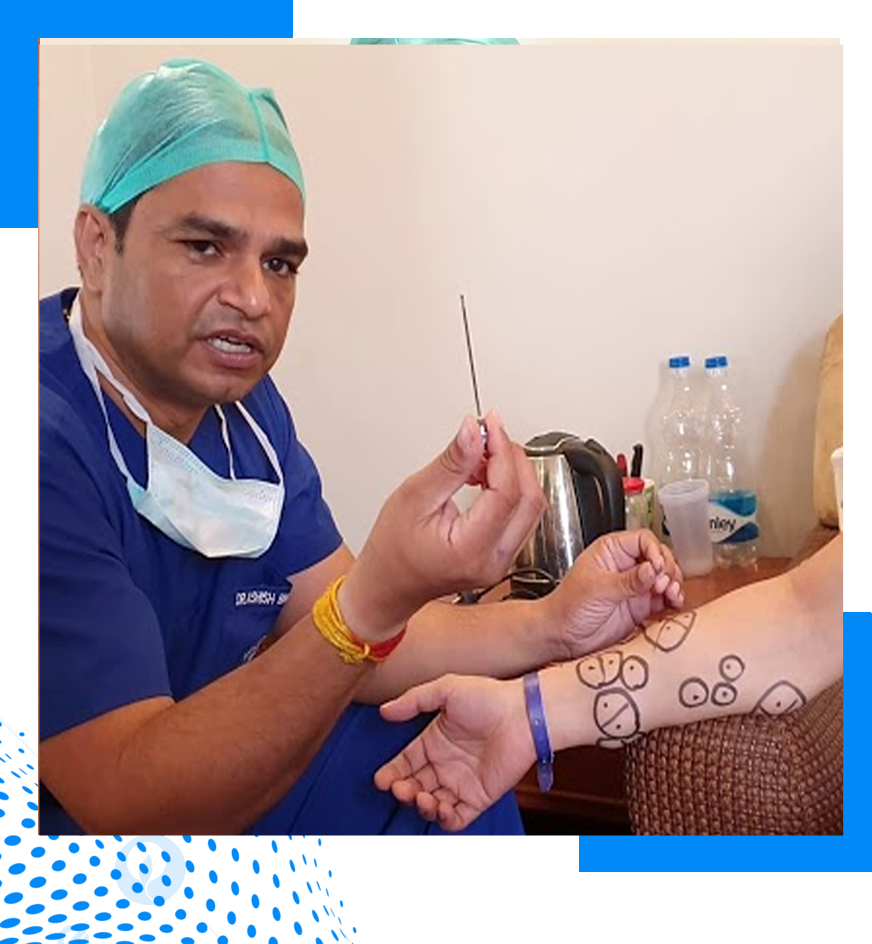Why Opt for Lipoma Treatment?
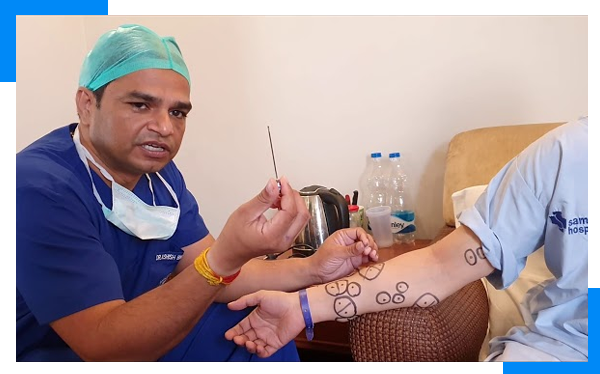
What is a Lipoma?
A lipoma is a slow-growing lump of fat cells that forms just under the skin. They’re usually round or oval, and they feel soft and doughy to the touch. While they might look concerning at first, lipomas are almost always non-cancerous (benign). In fact, they’re more of a nuisance than a health risk.
Most lipomas are small, but they can grow to several inches in diameter, and sometimes even larger. They’re usually painless, though some can cause discomfort if they press against nerves or other tissues.
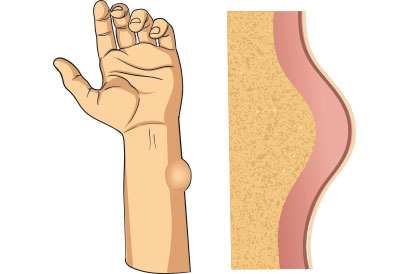
Common Symptoms and Signs
The most obvious symptom of a lipoma is the presence of a lump beneath the skin. Here are a few characteristics that can help you recognize a lipoma:
If the lump is causing pain, it’s worth getting it checked out by a Surgeon, even though most lipomas are not painful. Though lipoma is rarely a serious medical condition or an underlying cause of any disease, but if one notices a growing lump or swelling, anywhere in the body, it is advised to get it diagnosed immediately. While there is no necessity for treating such lipomas but in case it causes severe pain, the doctors may recommend to get it removed surgically
Common Symptoms and Signs
The most obvious symptom of a lipoma is the presence of a lump beneath the skin. Here are a few characteristics that can help you recognize a lipoma:
If the lump is causing pain, it’s worth getting it checked out by a Surgeon, even though most lipomas are not painful. Though lipoma is rarely a serious medical condition or an underlying cause of any disease, but if one notices a growing lump or swelling, anywhere in the body, it is advised to get it diagnosed immediately. While there is no necessity for treating such lipomas but in case it causes severe pain, the doctors may recommend to get it removed surgically
Why opt for Minimally Invasive Lipoma Procedure?
|
Traditional
|
Minimally Invasive
|
|
|---|---|---|
| Incision Size |
5-7 cm
|
>1 cm
|
| Scars |
Big Scars
|
Negligible Scras
|
| Success Rate |
Low
|
High
|
| Recovery Time |
1 Month
|
3-5 Days
|
| Blood Loss |
Heavy
|
Minimal
|
| Skin Tightening |
Non Uniform
|
Uniform
|
| Anaesthesia Required |
General
|
Local
|
| Pain |
Painful
|
Minimal
|
What Causes Lipomas?
The exact cause of lipomas isn’t fully understood, but there are a few factors that may contribute to their formation:
In rare cases, multiple lipomas can form as part of a condition called familial multiple lipomatosis, which leads to the development of several lipomas over time.
What Causes Lipomas?
The exact cause of lipomas isn’t fully understood, but there are a few factors that may contribute to their formation:
In rare cases, multiple lipomas can form as part of a condition called familial multiple lipomatosis, which leads to the development of several lipomas over time.
When to See a Doctor
Most lipomas don’t require medical intervention, but there are a few instances when you should see a healthcare provider:
- Pain or discomfort: If the lipoma becomes painful, it may be pressing against nerves or other tissues, and should be evaluated.
- Rapid growth: If the lump grows quickly or changes in appearance, it could signal something other than a lipoma.
- Uncertainty about diagnosis: If you’re unsure whether the lump is a lipoma or something more serious, it’s always a good idea to have it checked out by a doctor.
Doctors can often diagnose lipomas by feeling the lump, but in some cases, they may recommend imaging tests (like an ultrasound or MRI) to get a clearer picture.
Treatment Options
Most lipomas don’t require treatment unless they’re causing discomfort, pain or causing pressure symptoms on adjacent structures.Many times it is affecting social and Psychological health because of deformities. In these cases, options for removal include:
- Medications No proper medicine is available to cure lipomas. Treatment for Lipoma is mainly surgical but medicine helps when lipomas are painful . But even when the effects of medication don’t seem to work,surgical procedure is suggested.
-
Injection Lipolysis treatment is not useful in Lipoma
- Steroid injections: These may shrink the lipoma but are not typically a permanent solution.
- Surgical Intervention An open surgery at the site of lipoma may be advised when the patient is in debilitating pain. In this, the lumps are removed surgically by cutting them out, which is done under local anaesthesia. This method may be useful for removing one or two lumps but may permanently leave stitch marks affecting the cosmetic appeal. While cosmetic plastic surgery procedures like liposuction are not recommended in case of multiple lipomas as the risk of spreading seedlings of lipomas is high.
- Minimally Invasive Stitch-less Procedure This is one of the unique and advanced lipoma removal techniques used for treating multiple lipomas without affecting the cosmetic appeal. It is a painless and stitch-less surgery that involves pin hole incisions only thereby avoiding big cuts and chances of infections. This is one of the most successful and beneficial techniques for treating multiple lesions throughout the body, with negligible scarring. Being performed as a day care procedure the patient has a quicker recovery, eliminating the need for the hospital stay.While the chances of recurrence are very rare, this minimally invasive procedure is a very safe and advantageous procedure for treating patients with multiple lumps.
Frequently Asked Questions
Depending upon the disability caused by lipoma may be covered Insurance if not performed for cosmetic reasons.This surgery may or may not be covered under all personal and corporate insurance as per policy terms & conditions
Generally, the procedure takes a minimum of 30 to 60 mins, depending on the number of Lipomas removed.

